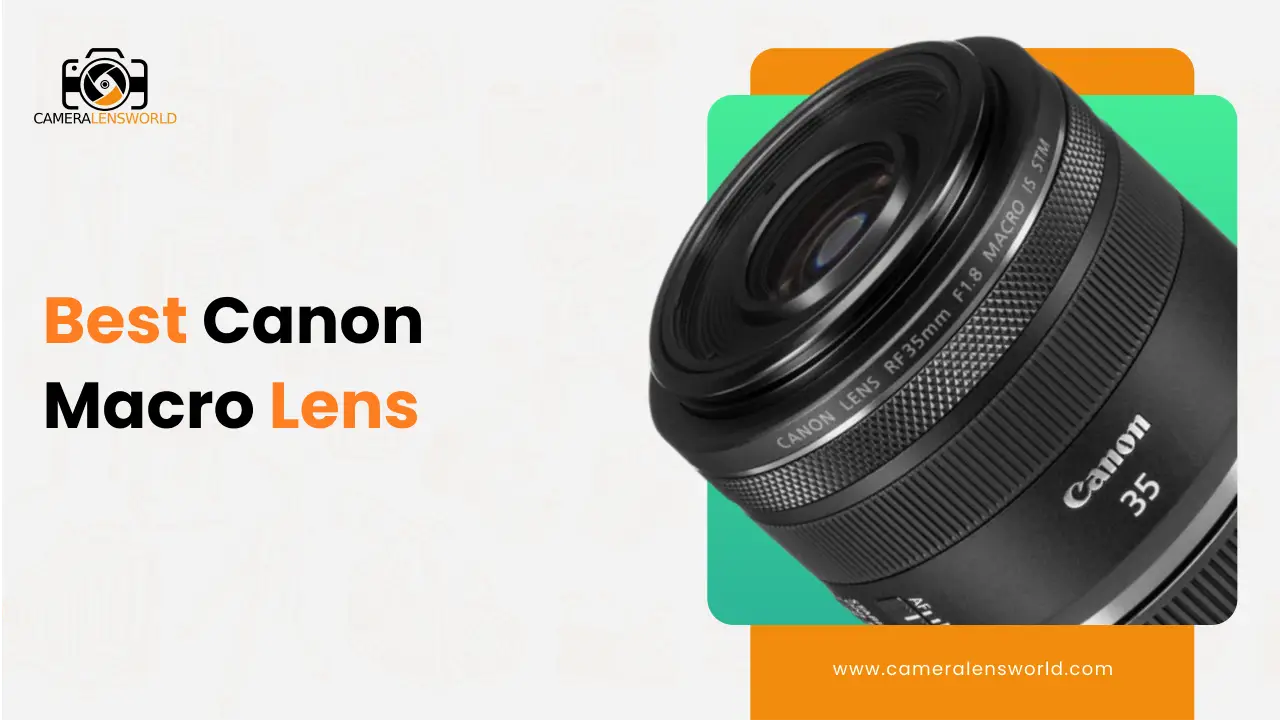
In a quiet garden, a little red bug crawls on a green leaf. You have a Canon lens but don’t know the Best Canon Macro Lens to capture that beautiful little creature.
After exploring the best Nikon macro lenses, it’s time to find the Best Canon Macro Lens. Consider a world in which the smallest marvels become larger-than-life masterpieces. I’m here to make your decision easier. In macro photography, having the correct lens to magnify nature’s magic is critical.
This guide will walk you through the features, capabilities, pros, and cons of the Best Canon Macro Lens. By the conclusion, you’ll be well-equipped to explore the world of the miniature, transforming your garden’s tiny wonders into huge displays.
Quick list of best Canon macro lens
Let’s check the quick list of the Best Canon macro lens.
- Canon EF 100mm f/2.8L Macro IS USM
- Canon EF 50mm f/2.5 Compact Macro
- Canon TS-E 135mm f/4L Macro
- Canon EF-S 60mm f/2.8 Macro
- Canon 180mm f/3.5L Macro
- Canon RF 35mm f/1.8 Macro IS STM
- Canon EF-M 28mm f/3.5 Macro IS STM
- Canon RF 85mm f/2 Macro IS STM
- Canon TS-E 90mm f/2.8L Macro
Detailed analysis of the best Canon macro lens
Now, I will share a detailed discussion on the Best Canon macro lens.
1. Canon EF 100mm f/2.8L Macro IS USM
- Canon’s first mid-telephoto macro “L” series lens with advanced Image Stabilization.
- The lens features a maximum aperture of f/2.8.
- The Canon EF 100mm f/2.8L Macro IS USM lens has a filter thread size of 67mm.
- This lens offers a maximum magnification of 1.0x.
- This lens is part of Canon’s “L” series, which normally denotes high build quality.
- It is weather-sealed to some extent, offering dust and moisture protection, making it suited for outdoor and difficult shooting circumstances.
| Brand | Canon. |
| Type | Telephoto lens. |
| Lens format coverage | Full frame lens. |
| Compatible Mounting | Canon EF. |
| Image Stabilization | The lens has image stabilization. |
| No.of diaphragm blades | 9 blades. |
| Lens construction | 15 elements in 12 groups. |
| Minimum focus distance | 0.3 m. |
| Weight | 625 g. |
| Adjustment | An inner focusing system with USM and the possibility for full-time manual focus. |
Reasons to buy:
- The image quality is excellent.
- Image stabilization ensures clear photos.
- Professional construction quality.
- Suitable for low-light environments.
Reasons to avoid:
- Higher price.
2. Canon EF 50mm f/2.5 Compact Macro
- This lens features a maximum aperture of f/2.5.
- The Canon EF 50mm f/2.5 Compact Macro lens offers a maximum magnification of 0.5x
- The Canon EF 50mm f/2.5 Compact Macro lens has a filter thread size of 52mm.
- This lens is not weather-sealed. It lacks the additional protection against dust and moisture.
| Brand | Canon. |
| Type | Macro lens. |
| Lens format coverage | Full frame and APS-C DSLRs. |
| Compatible Mounting | Canon EF. |
| Image Stabilization | No image stabilization. |
| No.of diaphragm blades | 6 blades. |
| Lens construction | 9 elements in 8 groups. |
| Minimum focus distance | 0.23 m. |
| Weight | 280 g. |
| Adjustment | The lens has both autofocus and manual focus. |
Reasons to buy:
- The price is reasonable.
- Lightweight and compact.
- For regular photography, this camera is versatile.
- Capabilities for close-up and macro photography.
- Excellent image quality.
Reasons to avoid:
- Slower maximum aperture.
- Limited to 0.5x maximum magnification.
3. Canon TS-E 135mm f/4L Macro
- The Canon TS-E 135mm f/4L Macro is an L-series lens with high performance.
- The lens has a maximum magnification of 1:2.
- The lens has a filter thread size of 82 mm.
- This lens is not weather-sealed and lacks the additional protection against dust and moisture.
| Brand | Canon. |
| Type | Macro lens. |
| Lens format coverage | Full frame. |
| Compatible Mounting | Canon EOS cameras. |
| Image Stabilization | N/A. |
| No.of diaphragm blades | 9 blades. |
| Lens construction | 11 elements in 7 groups. |
| Minimum focus distance | 0.49 m. |
| Weight | 1110 g. |
| Adjustment | Manual focus only. |
Reasons to buy:
- High-quality L-series optics.
- Precise focus control.
- Macro capability for close-up shots.
Reasons to avoid:
- It may have a learning curve for tilt-shift functions.
4. Canon EF-S 60mm f/2.8 Macro
- This lens features a maximum aperture of f/2.8.
- The Canon EF-S 60mm f/2.8 Macro lens offers a maximum magnification of 1.0x.
- The filter size for this lens is 52mm.
- This lens is not weather-sealed, so it doesn’t protect against dust and moisture.
| Brand | Canon. |
| Type | Telephoto lens. |
| Lens format coverage | For EOS digital SLR cameras. |
| Compatible Mounting | Canon EF-S. |
| Image Stabilization | No image stabilization. |
| No.of diaphragm blades | 7 blades. |
| Lens construction | 12 elements in 8 groups. |
| Minimum focus distance | 0.20 m. |
| Weight | 335 g. |
| Adjustment | Ring-type ultrasonic monitor (USM) for autofocusing that is both powerful and silent. |
Reasons to buy:
- Compact and lightweight.
- Good image quality.
- 1.0x maximum magnification.
Reasons to avoid:
- Limited to EF-S mount cameras.
- Not suitable for full-frame cameras.
5. Canon 180mm f/3.5L Macro
- This lens features a maximum aperture of f/3.5.
- The Canon 180mm f/3.5L Macro lens offers a maximum magnification of 1.0x.
- The filter size for this lens is 72mm.
- The “L” family of Canon lenses, which includes the 180mm f/3.5L Macro lens, is renowned for its professional-caliber construction.
- Because of this, it is weather-sealed, offering defense against moisture and dust, making it appropriate for demanding outdoor photography situations.
| Brand | Canon. |
| Type | Telephoto lens. |
| Lens format coverage | Canon SLR cameras. |
| Compatible Mounting | Canon EF. |
| Image Stabilization | No image stabilization. |
| No.of diaphragm blades | 8 blades. |
| Lens construction | 14 elements in 12 groups. |
| Minimum focus distance | 0.48 m. |
| Weight | 1090 g. |
| Adjustment | Ultrasonic monitor (USM) with advanced features for silent and fast autofocusing. |
Reasons to buy:
- Ideal for macro photography.
- L-series optics of the highest quality.
- Weather-sealed for long-lasting performance.
- Flexible telephoto capabilities.
- Excellent image quality.
Reasons to avoid:
- It may be heavy.
6. Canon RF 35mm f/1.8 Macro IS STM
- This lens features a wide maximum aperture of f/1.8.
- The Canon RF 35mm f/1.8 Macro IS STM lens offers a maximum magnification of 0.5x.
- The filter size for this lens is 52mm.
- This lens is not designated as weather-sealed.
| Brand | Canon. |
| Type | Macro lens. |
| Lens format coverage | EOS R series cameras. |
| Compatible Mounting | Canon RF. |
| Image Stabilization | This lens has image stabilization. |
| No.of diaphragm blades | 9 blades. |
| Lens construction | 11 elements in 9 groups. |
| Minimum focus distance | 0.17 m. |
| Weight | 305 g. |
| Adjustment | AF with a full-time manual. |
Reasons to buy:
- A low-light aperture of f/1.8.
- Close-up macro capabilities.
- The price is reasonable.
- Stabilization of the image.
Reasons to avoid:
- It’s not ideal for extremely low-light settings.
7. Canon EF-M 28mm f/3.5 Macro IS STM
- This lens features a maximum aperture of f/3.5.
- The Canon EF-M 28mm f/3.5 Macro IS STM lens offers a maximum magnification 1.2x.
- The filter size for this lens is 43mm.
- This lens is not designated as weather-sealed.
| Brand | Canon. |
| Type | Macro lens. |
| Lens format coverage | APS-C. |
| Compatible Mounting | Canon EF-M. |
| Image Stabilization | This lens has image stabilization. |
| No.of diaphragm blades | 7 blades. |
| Lens construction | 11 elements in 10 groups. |
| Minimum focus distance | 97 mm. |
| Weight | 125 g. |
| Adjustment | Lens lead screw-type stepping motor (STM) ensures rapid autofocusing and near-silent video recording. |
Reasons to buy:
- Lightweight and compact.
- The price is reasonable.
- Close-up images benefit from macro capabilities.
- Stabilization of the image.
- EF-M mount cameras are compatible.
Reasons to avoid:
- Maximum aperture is set to be slower.
- Full-frame cameras are not recommended.
8. Canon RF 85mm f/2 Macro IS STM
- This lens features a maximum aperture of f/2.
- The Canon RF 85mm f/2 Macro IS STM lens offers a maximum magnification of 0.5x.
- The filter size for this lens is 67mm.
- Canon designates this lens as having a “Control Ring” that is dust and water-resistant.
- While it doesn’t provide full weather sealing.
| Brand | Canon. |
| Type | Telephoto lens. |
| Lens format coverage | Full frame. |
| Compatible Mounting | Canon RF. |
| Image Stabilization | This lens has image stabilization. |
| No.of diaphragm blades | 9 blades. |
| Lens construction | 12 elements in 11 groups. |
| Minimum focus distance | 1.15 ft. |
| Weight | 497 g. |
| Adjustment | STM. |
Reasons to buy:
- 85mm focal length is a versatile focal length.
- A wide f/2 aperture for low-light situations.
- Close-up macro capabilities.
- The price is reasonable.
- Stabilization of the image.
Reasons to avoid:
- Not suitable for extreme low-light conditions.
9. Canon TS-E 90mm f/2.8L Macro
- This lens features a maximum aperture of f/2.8.
- The Canon TS-E 90mm f/2.8L Macro lens offers a maximum magnification of 0.5x.
- The filter size for this lens is 58mm.
- The Canon TS-E 90mm f/2.8L Macro lens is part of Canon’s “L” series, which is noted for its high build quality.
- It is weather-sealed, which protects against dust and moisture and makes it suited for outdoor and difficult shooting circumstances.
| Brand | Canon. |
| Type | Telephoto lens. |
| Lens format coverage | Full frame. |
| Compatible Mounting | Canon EF. |
| Image Stabilization | N/A. |
| No.of diaphragm blades | 9 blades. |
| Lens construction | 11 elements in 9 groups. |
| Minimum focus distance | 39 cm. |
| Weight | 915 g. |
| Adjustment | Manual focus only. |
Reasons to buy:
- Capabilities for tilt-shifting.
- L-series optics of the highest quality.
- Controlling the focus precisely.
- Macro mode for close-up pictures.
Reasons to avoid:
- The cost is high.
- This is a specialized lens, not a general-purpose lens.
What to look for in the best Canon macro lens
1- Aperture
When looking for the Aperture in the Best Canon Macro Lens, check the lens characteristics carefully. Look for the maximum aperture value, frequently marked by an f-number (for example, f/2.8).
A lower f-number implies a wider aperture, allowing more light to enter and making it suitable for low-light circumstances and achieving a narrow depth of field for outstanding macro photos.
The Best Canon Macro Lens usually has a large maximum aperture, such as f/2.8 or f/3.5, which ensures the best performance in capturing fine details and generating a pleasant background blur. This capability is essential for capturing breathtaking close-up shots with your Canon macro lens.
2- Focal length
Pay great attention to the lens parameters when looking for the Focal Length in the Best Canon Macro Lens. Look for the focal length, which is normally expressed in millimeters (mm).
Macro lenses typically have focal lengths ranging from 60mm to 100mm or even longer. A shorter focal length, such as 60mm, helps you to get closer to your subject but may necessitate physical proximity.
A longer focal length, such as 100mm, provides a greater working distance, which is good for photographing squeamish subjects. The Best Canon Macro Lens comes in various focal lengths, allowing you to select the one that best meets your macro photography needs.
3- Image stabilization
When evaluating Image Stabilization in the Best Canon Macro Lens, it’s crucial to check the lens specifications. Look for IS or Image Stabilization in the lens name or description.
Image Stabilization helps counteract camera shake, especially when shooting at close range or in low light conditions, which is essential for macro photography. Canon often offers IS technology in their macro lenses, ensuring sharper and more focused shots.
Some lenses feature multiple IS modes, allowing you to adapt to various shooting scenarios. By selecting the Best Canon Macro Lens with Image Stabilization, you can capture stunning, shake-free close-ups with precision, even in challenging conditions.
4- Autofocus
When assessing the Autofocus capabilities of the Best Canon Macro Lens, a few crucial criteria must be considered. To begin, determine whether the lens’s autofocus is normal USM (Ultrasonic Motor) or STM (Stepping Motor). Both are effective, with USM being faster in general and STM being quieter for video.
Next, check for features such as Full-Time Manual Focus, which permits manual corrections without having to switch from AF to MF mode. Finally, investigate the focus limiter options on the lens, which can be extremely useful for macro work by limiting the focus range.
The Best Canon Macro Lens features effective autofocus technologies for precise and speedy focusing on close-up subjects.
Best canon macro lens FAQs
1- What focal length is best for macro?
Although the exact values vary depending on the manufacturer, the most typical focal lengths are around 50mm, 100mm, and 180mm. Short focal-length macro lenses (50mm to 60mm) are less expensive, smaller, and lighter.
2- What is the most common use for a macro lens?
On that note, consider the several typical applications for macro lenses. Insects, flowers, jewels (particularly engagement and/or wedding rings), coins, and everyday little objects are common macro topics.
3- What are the disadvantages of macro lenses?
Because of the small depth of focus that occurs when you approach incredibly close to your subject, macro lenses are exceedingly difficult to use at short distances. Furthermore, they are more expensive.
4- Do you need autofocus for macro photography?
Typically, autofocus does not provide you with complete focus control over what you wish to record. It may distort your main subject and draw your attention to unimportant neighboring objects. Although autofocus is most new photographers’ first choice for focusing, manual focus is the greatest option for macro photography.
Conclusion
In conclusion, the Best Canon Macro Lens stands as a remarkable gateway to explore the world of macro photography. Having shared my research and insights, it’s now your turn to make an informed decision. You can select the perfect lens for your specific needs.
Additionally, if you’re new to macro photography and need a foundational understanding, don’t forget to explore the accompanying beginners’ guide for buying camera lenses.
With the Best Canon Macro Lens and this understanding, you’ll be able to capture the beauty with precision and originality.

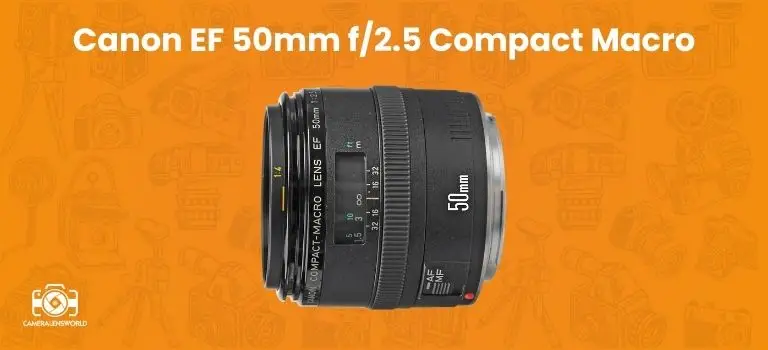
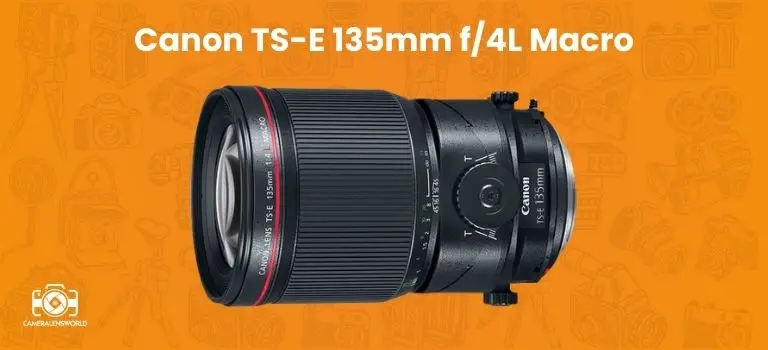
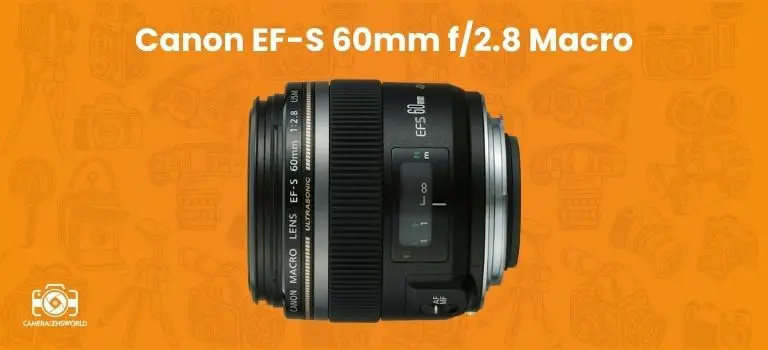
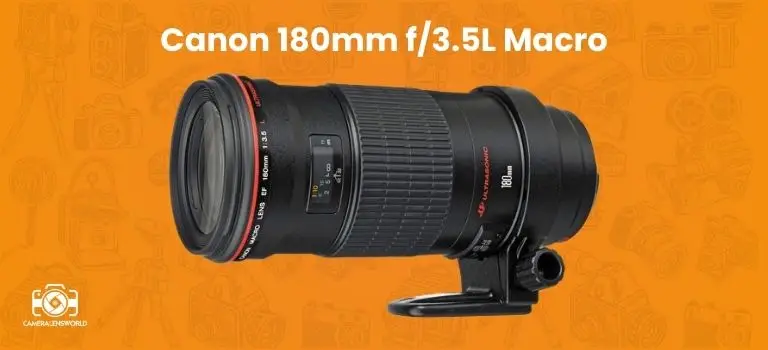
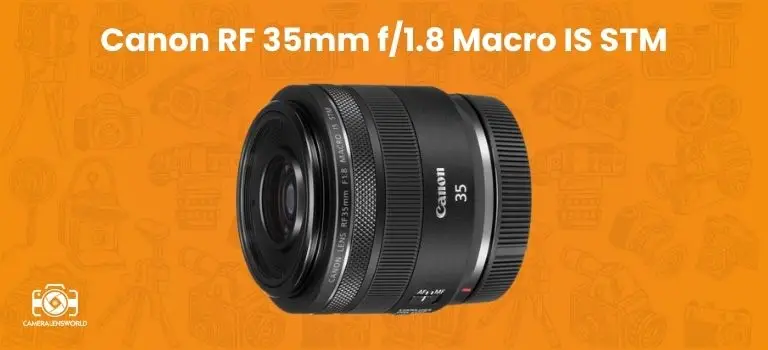
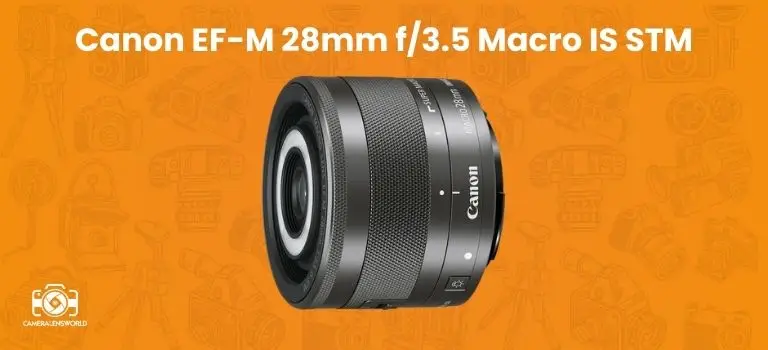

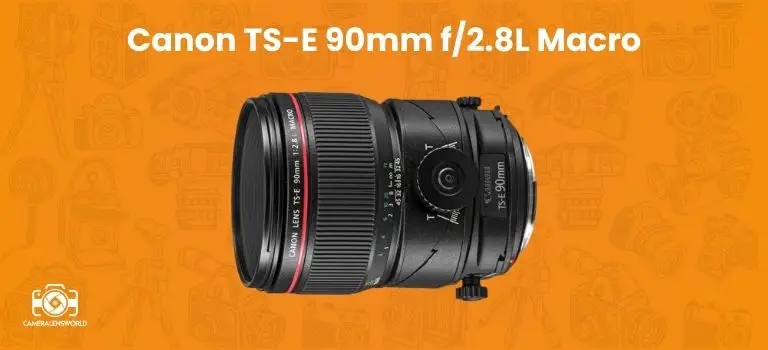

Leave a Reply
You must be logged in to post a comment.